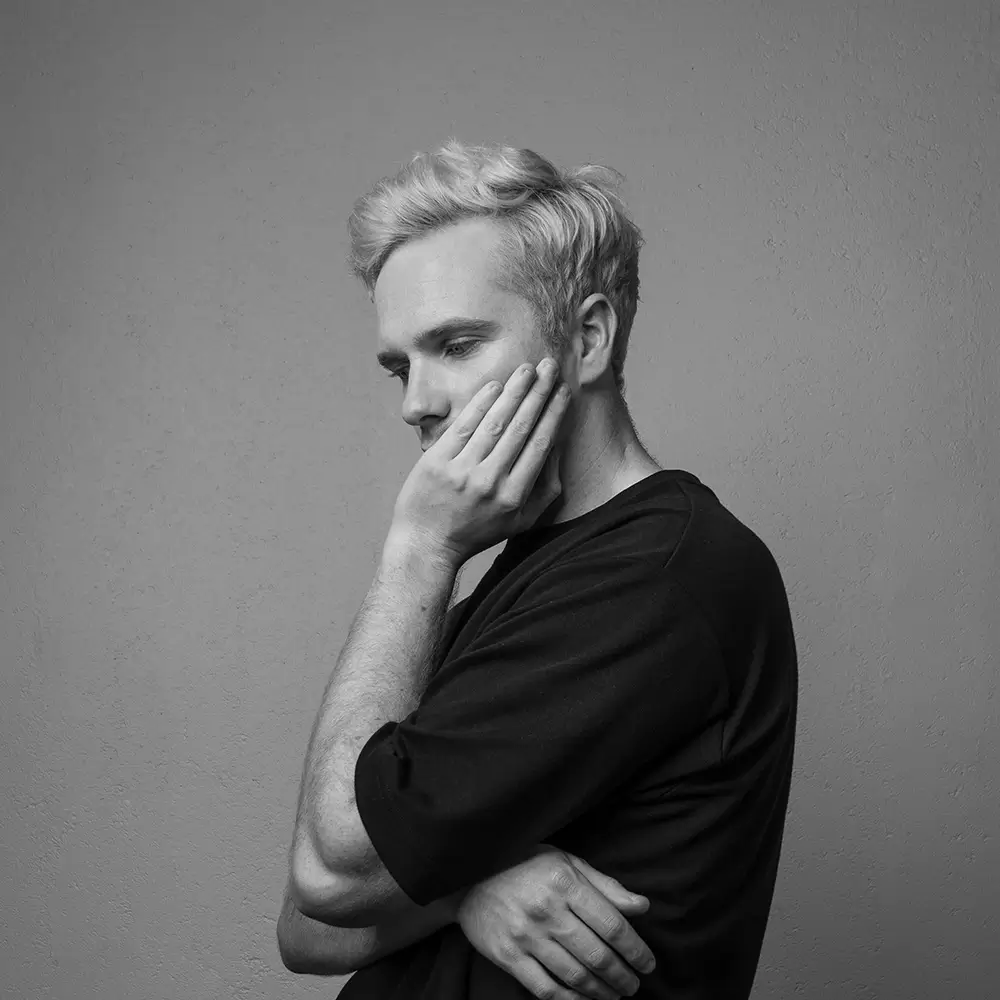Brad Walls is an Australian aerial photography based in Sydney. Best known for his use of close up top downs, Brad specialises in aerial portraiture and a minimalistic approach to aerial photography.
Utilising one of the first consumer drones, Brad Walls stumbled across his passion for aerial content through stitching small video clips together taken during his extensive travels. 18 months on, Brad has refined his skillset, with a vision to strive and see the world from a different angle creating the perfect metaphor for his work.
Pools From Above
Pools From Above is an ode to the beauty found in the shapes, colours and textures of swimming pools. This unique and never-before-seen perspective uses Walls' clean, minimal aesthetic to visually showcase interesting pools from around the world.
Inspired by his travels throughout Southeast Asia and within his own home country of Australia, Walls' journey initially began by capturing the bodies of water simply to document holiday memories. It wasn't until picking up the bestselling Annie Kelly coffee table book Splash: The Art of the Swimming Pool, however, that Walls would start investing time and passion into curating a series, stating that "As I turned each page of Kelly's book, a wave of childhood nostalgia washed over me, spending hours in the pool over summer." Paying powerful homage to Kelly, Walls' series chooses to keenly focus on pools' elements of composition from a bird's eye view. "I fell in love with the lines, curves and negative space of the pools, which - without alternate perspective from a drone - would have been lost."
Pools From Above is also an integral part of a much larger project which is aimed at a book release in the not-too-distant future, as Walls says "The response from viewers has been positive, asking for the series to be amongst their coffee table books." Looking ahead, once the world finally re-opens, Walls has no plans of slowing down. He plans to capture even more world-renowned swimming pools across an array of idyllic locations, including Palm Springs, Mexico and the Mediterranean.
Since bursting onto the photography scene in early 2019, Walls has gone on to produce award-winning photographs and garner worldwide media attention, with a primary focus on capturing aerial portraits of sportspeople like synchronized swimmers, gymnasts and ice skaters from unique perspectives and angles that audiences are normally unable to see.
Selected Books on

